Home>Gardening & Outdoor>Pool & Spa Care>How To Get Hot Tub Water Clear
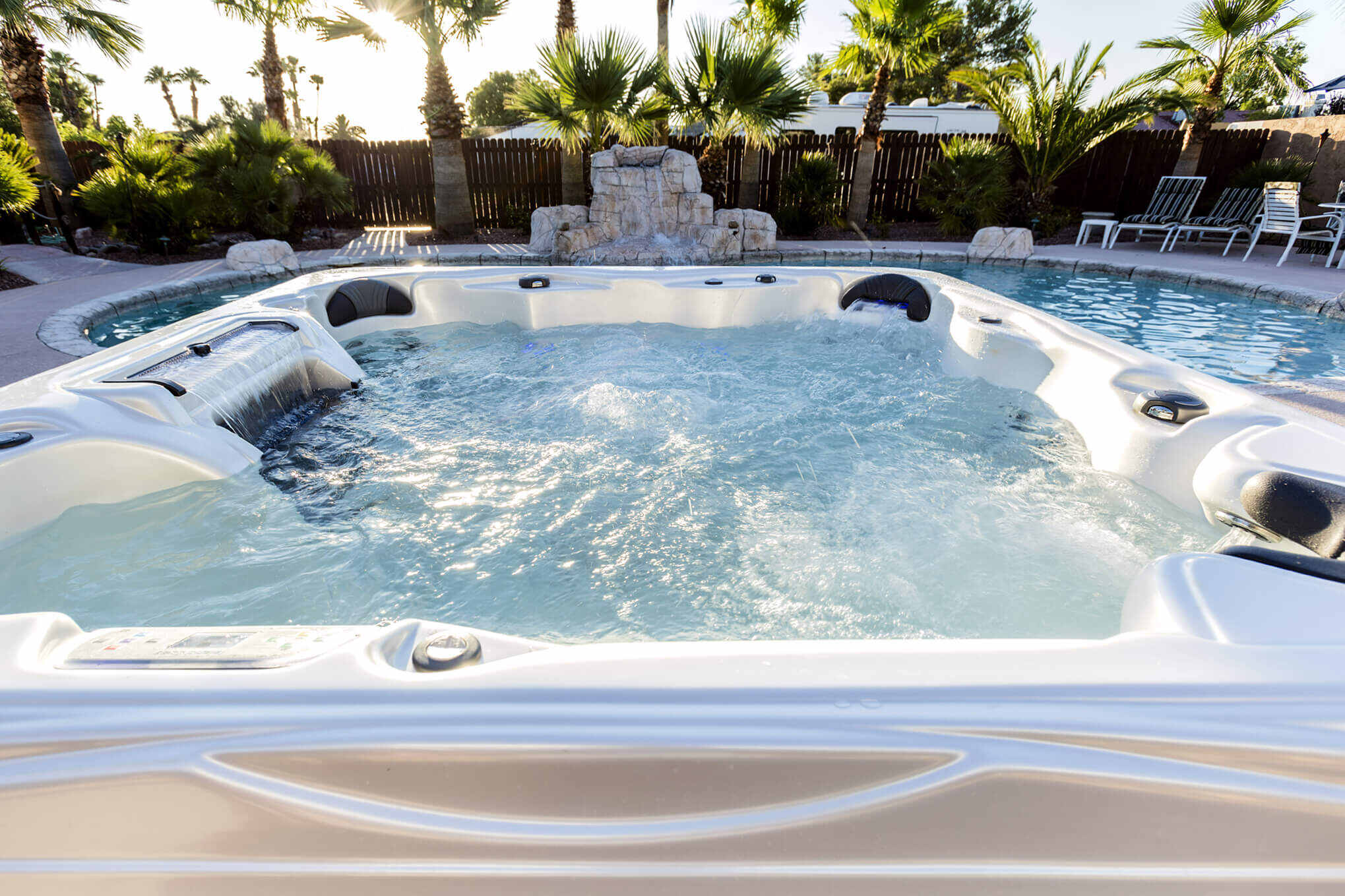

Pool & Spa Care
How To Get Hot Tub Water Clear
Modified: February 26, 2024
Learn effective pool and spa care tips to keep your hot tub water crystal clear. Get expert advice on maintaining a clean and inviting spa environment.
(Many of the links in this article redirect to a specific reviewed product. Your purchase of these products through affiliate links helps to generate commission for Storables.com, at no extra cost. Learn more)
Introduction
So, you've invested in a luxurious hot tub to create your own personal oasis of relaxation and enjoyment. However, the last thing you want to see when you lift the cover is cloudy, uninviting water. Fear not! Achieving and maintaining crystal-clear water in your hot tub is within your reach. In this comprehensive guide, I'll walk you through the essential steps to ensure that your hot tub water remains invitingly clear and pristine.
Maintaining clear water in your hot tub is not only visually appealing but also crucial for the health and safety of anyone who takes a dip. Cloudy or unclean water can be a breeding ground for bacteria and other harmful microorganisms, posing potential health risks. By following the tips and techniques outlined in this guide, you'll not only enjoy a sparkling clean hot tub, but also gain peace of mind knowing that your water is safe and healthy.
Let's dive in and explore the key factors that contribute to the clarity of your hot tub water. From understanding the intricacies of water chemistry to implementing regular maintenance routines, we'll cover everything you need to know to keep your hot tub water clear and inviting. Whether you're a seasoned hot tub owner or a newcomer to the world of hydrotherapy, this guide will equip you with the knowledge and confidence to maintain pristine water quality in your beloved hot tub.
Key Takeaways:
- Regularly test and balance your hot tub water’s pH, sanitizer levels, alkalinity, and calcium hardness to keep it clear and safe for soaking. Consistent maintenance and filter cleaning are also crucial for pristine water quality.
- Shock your hot tub water at the right times to remove organic contaminants, restore sanitizer potency, and improve water clarity. By following proper shock treatment procedures, you can ensure a visually appealing and hygienic environment for hot tub enjoyment.
Read more: How To Clear Cloudy Hot Tub Water
Understanding Hot Tub Water
Before delving into the specifics of maintaining clear water in your hot tub, it’s essential to understand the unique characteristics of hot tub water. Unlike a typical swimming pool, a hot tub operates at higher temperatures, typically between 100°F and 104°F (37.8°C to 40°C). This elevated temperature creates an environment that is conducive to the rapid growth of bacteria and algae, making water maintenance a critical aspect of hot tub ownership.
Furthermore, hot tub water is more susceptible to evaporation due to the high temperatures, which can lead to an increase in the concentration of dissolved solids and minerals. This heightened concentration can result in cloudy water and scale buildup if not properly managed. Additionally, the frequent use of hot tubs introduces organic contaminants such as body oils, sweat, and cosmetics into the water, further complicating water maintenance.
To maintain clear and healthy water in your hot tub, it’s important to address these unique characteristics by implementing a comprehensive water care routine. This includes regular testing and balancing of water chemistry, diligent maintenance practices, and the use of appropriate sanitizers and clarifiers to combat bacteria and impurities. By gaining a thorough understanding of hot tub water and its inherent challenges, you’ll be better equipped to proactively manage and preserve the clarity and quality of your hot tub water.
Testing and Balancing Water Chemistry
Testing and balancing the water chemistry of your hot tub is a fundamental aspect of maintaining clear and inviting water. Regular testing allows you to monitor key parameters and make necessary adjustments to ensure that the water remains balanced and safe for use.
When testing hot tub water, it’s essential to focus on several critical factors:
- pH Level: The pH level of the water indicates its acidity or alkalinity. Maintaining the pH within the ideal range of 7.2 to 7.8 is crucial for bather comfort and the effectiveness of other water care products.
- Sanitizer Levels: Whether you use chlorine, bromine, or an alternative sanitizer, it’s vital to maintain appropriate levels to effectively combat bacteria and contaminants.
- Total Alkalinity: Total alkalinity acts as a buffer for the pH level, helping to prevent rapid fluctuations. Keeping total alkalinity within the recommended range (typically 80 to 120 parts per million) contributes to stable pH levels.
- Calcium Hardness: Maintaining the appropriate calcium hardness level (often between 150 and 250 parts per million) helps prevent water from becoming corrosive or causing scale buildup.
Once you’ve conducted the necessary tests, it’s time to balance the water chemistry. This may involve adjusting the pH using pH increaser or decreaser, adding alkalinity increaser to stabilize total alkalinity, or introducing a calcium hardness increaser to achieve the desired calcium hardness level. Additionally, based on the test results, you may need to shock the water or add clarifiers to address specific issues such as organic contaminants or cloudy water.
Regularly testing and balancing the water chemistry of your hot tub is a proactive approach to maintaining clear water and ensuring a comfortable and safe soaking experience. By staying diligent in monitoring and adjusting key parameters, you’ll create an environment that promotes water clarity, longevity of equipment, and the well-being of those who enjoy the rejuvenating benefits of your hot tub.
Regular Maintenance
Consistent and thorough maintenance is essential for preserving the clarity and quality of your hot tub water. By incorporating a regular maintenance routine into your hot tub care regimen, you can prevent the accumulation of impurities and ensure that the water remains invitingly clear.
Here are key aspects of regular maintenance that contribute to water clarity:
- Surface Skimming: Use a skimmer to remove leaves, insects, and other debris from the water’s surface. Regular skimming prevents organic matter from decomposing and clouding the water.
- Vacuuming and Scrubbing: Periodically vacuum the bottom of the hot tub to eliminate any settled debris. Additionally, scrub the interior surfaces to prevent the buildup of biofilm and algae, which can contribute to cloudy water.
- Water Replacement: While not a daily task, periodically draining and refilling the hot tub with fresh water helps maintain water clarity by reducing the concentration of dissolved solids and contaminants.
- Cover Care: Keep your hot tub cover clean and free of debris. A well-maintained cover prevents organic matter from entering the water and helps retain heat, reducing the load on the heating system.
- Equipment Inspection: Regularly inspect the hot tub’s filtration system, pumps, and heaters to ensure they are functioning optimally. Clean or replace filters as recommended by the manufacturer.
By incorporating these maintenance tasks into your routine, you’ll create an environment that promotes clear, healthy water while extending the longevity of your hot tub. Consistency is key, so establishing a regular schedule for maintenance activities will help you stay on top of water care and enjoy the benefits of a pristine hot tub.
Regularly test and balance the pH and alkalinity levels in your hot tub water to prevent cloudiness. Use a clarifier to help remove small particles and keep the water clear.
Shocking the Water
Shocking the water in your hot tub is a crucial maintenance practice that helps eliminate organic contaminants, restore water clarity, and maintain optimal sanitation. This process, also known as super chlorination, involves introducing a higher-than-normal dose of oxidizing compound, such as chlorine or non-chlorine shock, to the hot tub water.
Here’s why shocking the water is essential and how to do it effectively:
Benefits of Shocking:
- Organic Contaminant Removal: Regular use of the hot tub introduces organic materials such as body oils, sweat, and cosmetics into the water. These contaminants can lead to cloudy water and create a breeding ground for bacteria. Shocking the water helps break down and remove these organic impurities.
- Sanitizer Potency: Over time, the effectiveness of the primary sanitizer (chlorine or bromine) may diminish, especially after heavy usage or exposure to environmental factors. Shocking the water boosts the sanitizer’s potency, ensuring that it can effectively combat bacteria and other microorganisms.
- Water Clarity: By oxidizing organic compounds and impurities, shocking the water contributes to improved water clarity, creating a more visually appealing and inviting environment for soaking.
How to Shock the Water:
- Choose the Right Time: It’s best to shock the water in the evening or at a time when the hot tub will not be in use for several hours. This allows the shock treatment to work without interruption.
- Measure the Shocking Agent: Follow the manufacturer’s instructions to determine the appropriate amount of shock treatment based on your hot tub’s water capacity.
- Distribute the Shock: With the hot tub running, add the shock treatment directly to the water and circulate it using the jets to ensure thorough mixing.
- Wait and Test: Allow the shock treatment to circulate for the recommended duration, typically 15 to 30 minutes, before testing the water to ensure that the sanitizer levels are within the desired range.
- Resume Use: Once the sanitizer levels have returned to the appropriate range, the hot tub is ready for use.
By incorporating regular shock treatments into your hot tub maintenance routine, you can effectively manage organic contaminants, maintain water clarity, and ensure a safe and enjoyable soaking experience for you and your guests.
Read more: How To Keep My Hot Tub Water Clear
Cleaning the Filter
The filtration system plays a pivotal role in maintaining clear and pristine water in your hot tub. Over time, the filter accumulates debris, oils, and other contaminants, reducing its effectiveness and potentially leading to cloudy water. Regular cleaning and maintenance of the filter are essential to ensure optimal water clarity and sanitation.
Here’s a step-by-step guide to cleaning the filter and maximizing its efficiency:
- Turn Off the System: Before beginning the cleaning process, turn off the hot tub’s circulation system to prevent water from flowing through the filter.
- Remove the Filter: Depending on your hot tub’s filtration setup, carefully remove the filter cartridge or elements from their housing. Refer to the manufacturer’s instructions for guidance.
- Rinse the Filter: Use a garden hose or specifically designed filter cleaning tool to thoroughly rinse the filter element. Direct the water flow between the pleats to dislodge trapped debris and contaminants. Avoid using high-pressure jets, as they can damage the filter material.
- Soak the Filter: Prepare a solution of water and a specialized filter cleaner or a mild, non-foaming detergent. Submerge the filter in the solution and allow it to soak for the recommended duration to dissolve oils and stubborn residues.
- Rinse Again: After soaking, thoroughly rinse the filter with clean water to remove any remaining cleaning solution and loosened debris.
- Inspect for Damage: While cleaning the filter, inspect it for signs of damage, such as tears, fraying, or degraded pleats. If any damage is detected, consider replacing the filter element to maintain effective filtration.
- Allow for Drying: Once cleaned and rinsed, allow the filter to air dry completely before reinstalling it in the hot tub. Ensure that it is fully dry to prevent mold or mildew growth.
- Reinstall the Filter: Carefully place the clean and dry filter back into its housing, ensuring a secure fit and proper alignment. Follow the manufacturer’s guidelines for correct installation.
- Restart the System: With the filter securely in place, restart the hot tub’s circulation system to resume regular filtration and water circulation.
By adhering to a regular filter cleaning schedule and following proper maintenance procedures, you can optimize the performance of the filtration system and contribute to the clarity and cleanliness of your hot tub water. Clean filters not only enhance water quality but also promote efficient water circulation, ensuring a hygienic and enjoyable soaking experience.
Conclusion
Maintaining clear water in your hot tub is a multifaceted endeavor that requires a combination of knowledge, diligence, and consistent care. By understanding the unique characteristics of hot tub water, testing and balancing water chemistry, and incorporating regular maintenance practices, you can ensure that your hot tub remains a haven of relaxation with invitingly clear water.
Consistent testing and balancing of water chemistry are essential for preserving water clarity and creating a safe and comfortable soaking environment. By monitoring pH levels, sanitizer potency, total alkalinity, and calcium hardness, you can proactively address imbalances and maintain optimal water quality.
Regular maintenance tasks, such as surface skimming, vacuuming, and water replacement, play a pivotal role in preventing the accumulation of impurities and organic contaminants, contributing to the overall clarity of the water. Additionally, diligent filter cleaning and equipment inspection are vital for ensuring efficient water circulation and effective filtration.
Shocking the water at appropriate intervals helps eliminate organic impurities, restore sanitizer potency, and enhance water clarity, creating a visually appealing and hygienic environment for hot tub enjoyment. By following proper shock treatment procedures, you can effectively manage contaminants and maintain a pristine hot tub environment.
Lastly, the meticulous cleaning and maintenance of the filtration system are crucial for maximizing its efficiency and promoting clear water. By adhering to a regular filter cleaning schedule and ensuring proper installation, you can optimize filtration performance and contribute to the overall cleanliness of the water.
By integrating these practices into your hot tub care routine, you can enjoy the rejuvenating benefits of your hot tub while ensuring that the water remains invitingly clear and safe for all to enjoy. With a proactive approach to water care and a commitment to regular maintenance, you can create a serene and hygienic oasis in your own backyard, providing a sanctuary for relaxation and rejuvenation.
Frequently Asked Questions about How To Get Hot Tub Water Clear
Was this page helpful?
At Storables.com, we guarantee accurate and reliable information. Our content, validated by Expert Board Contributors, is crafted following stringent Editorial Policies. We're committed to providing you with well-researched, expert-backed insights for all your informational needs.
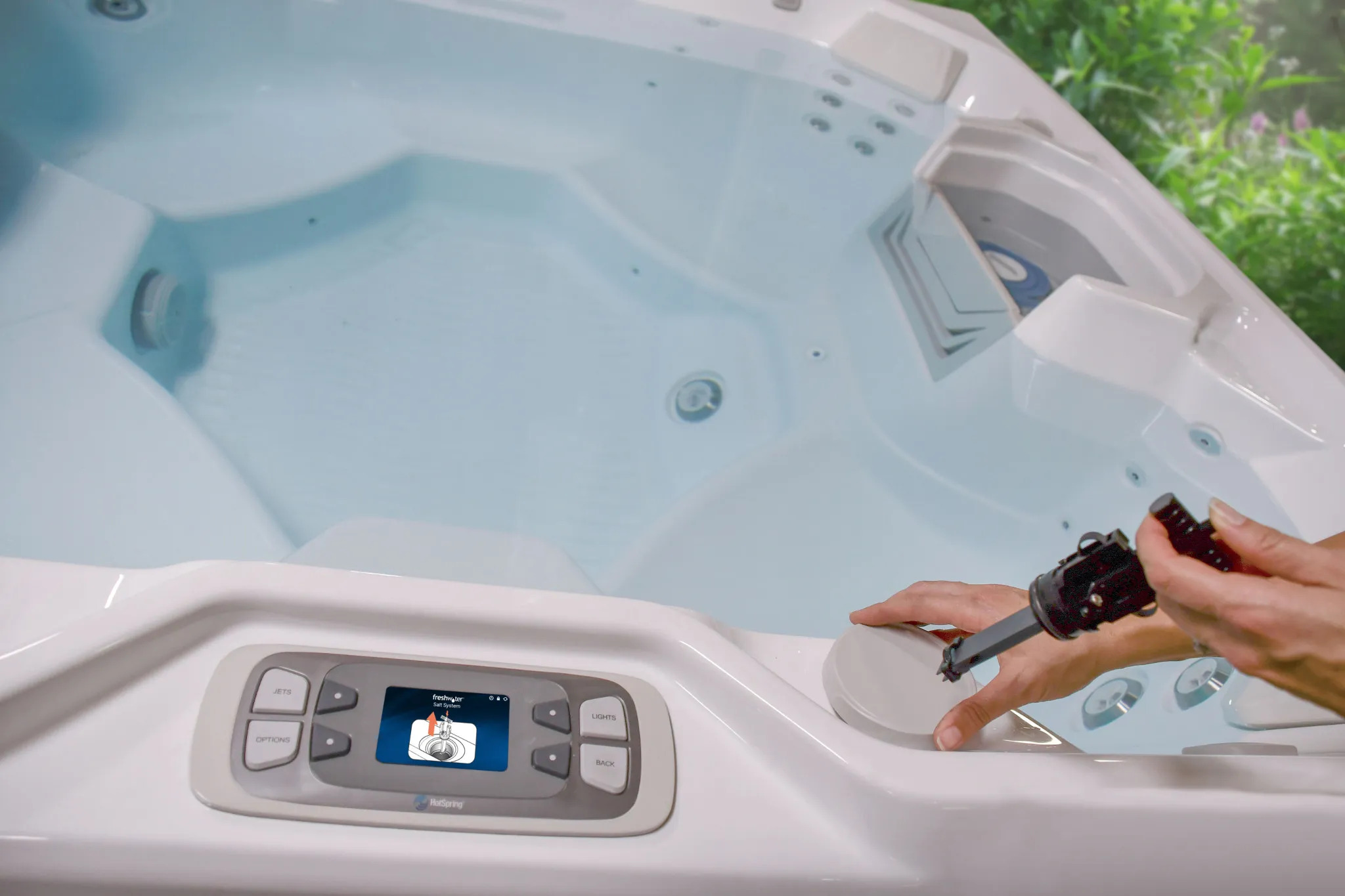
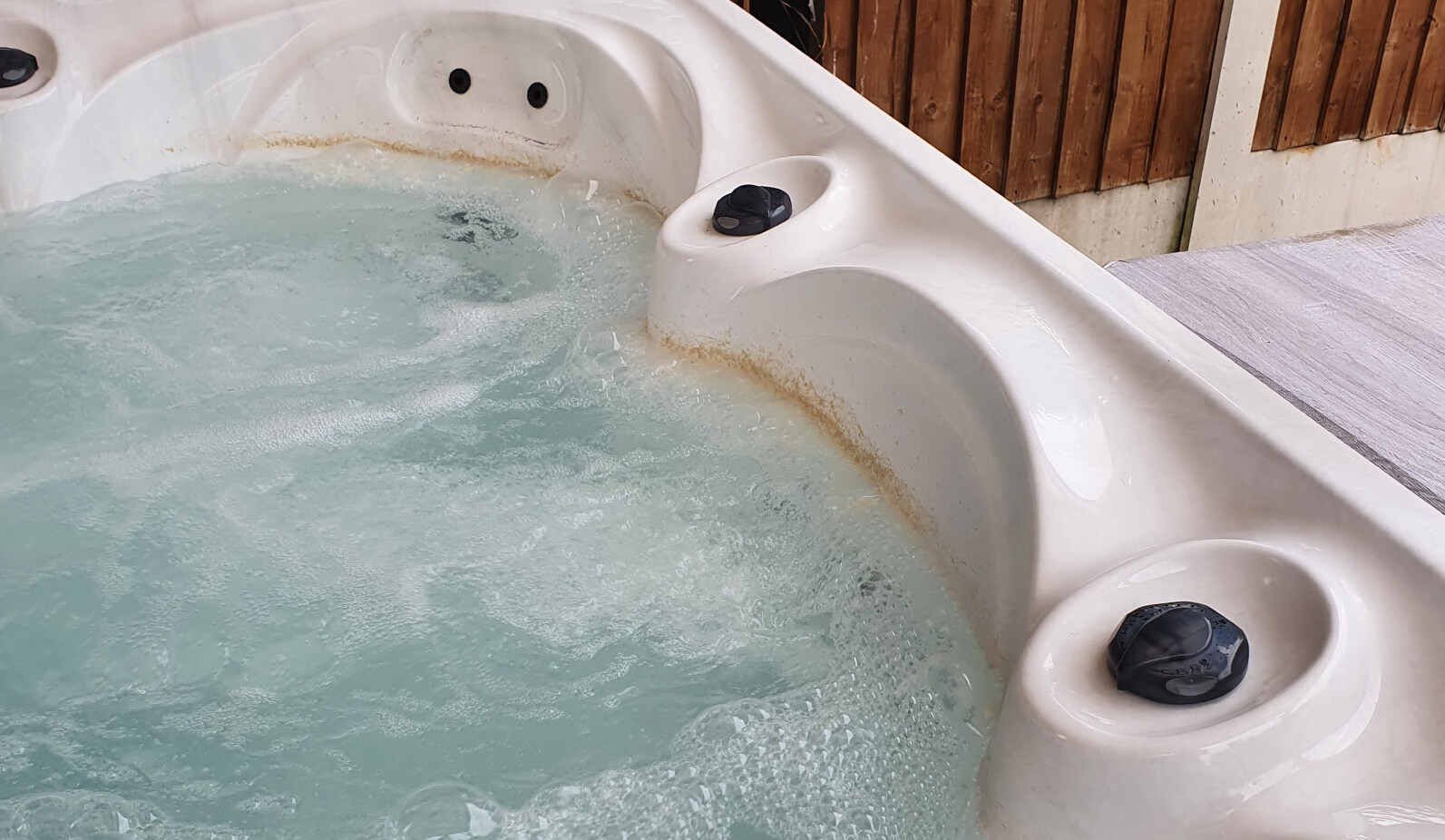
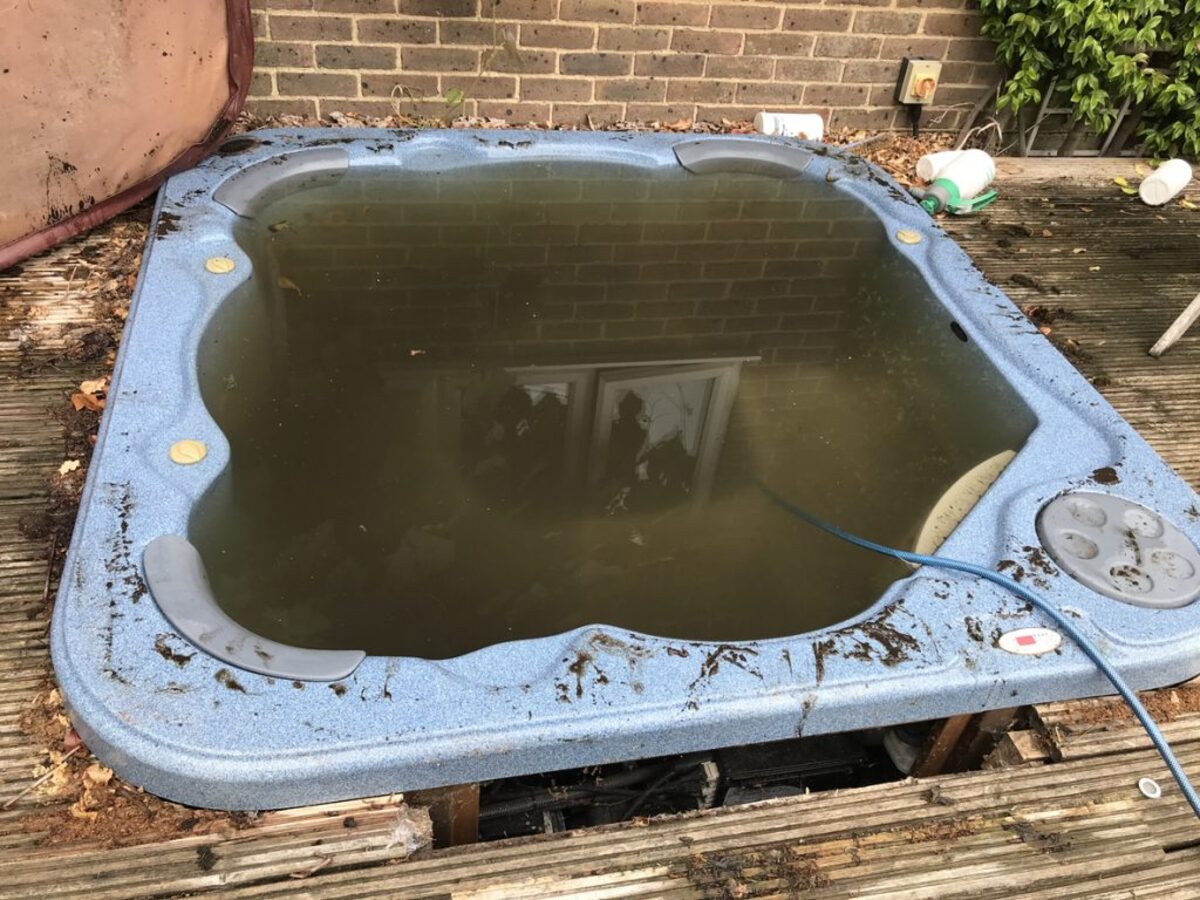
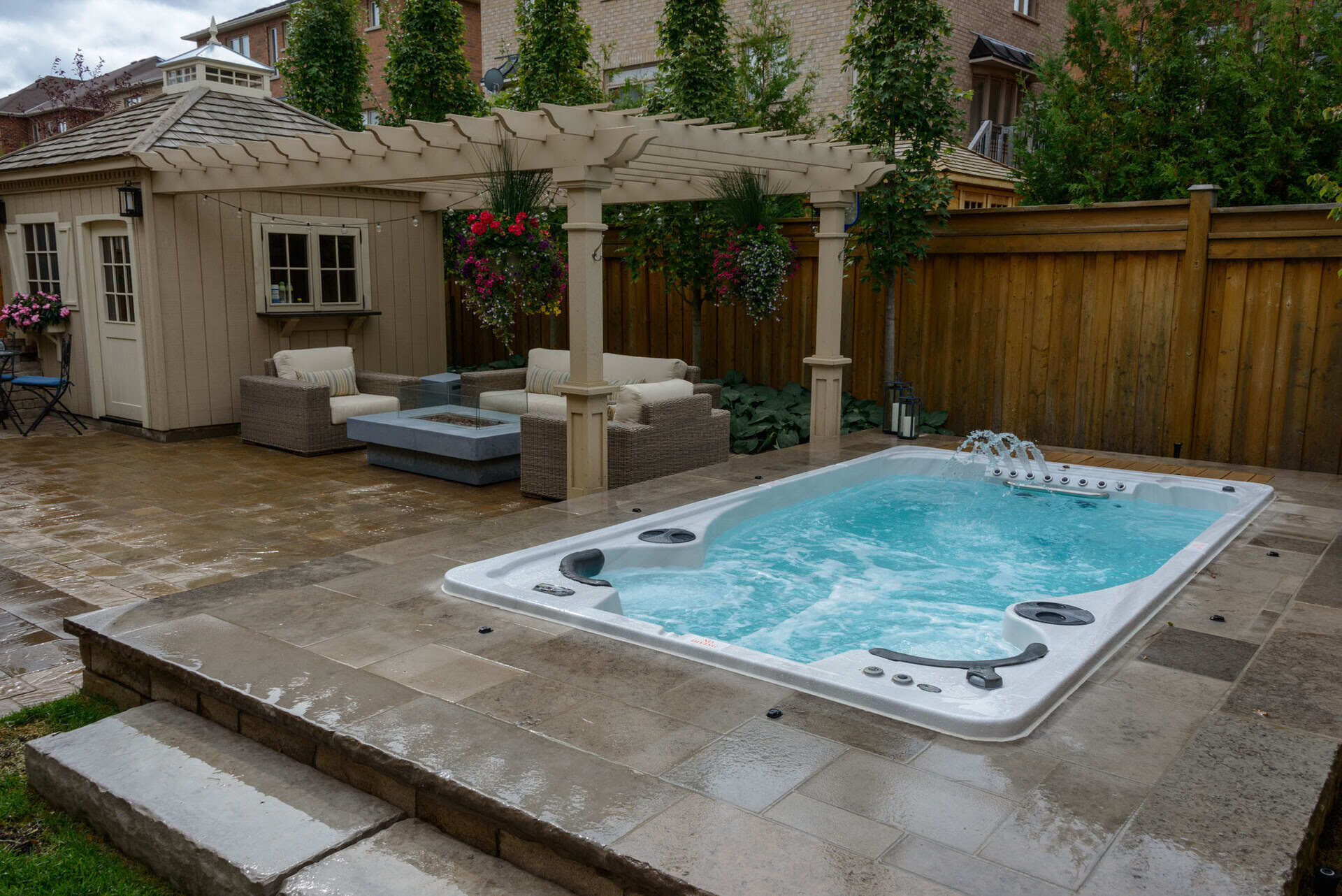
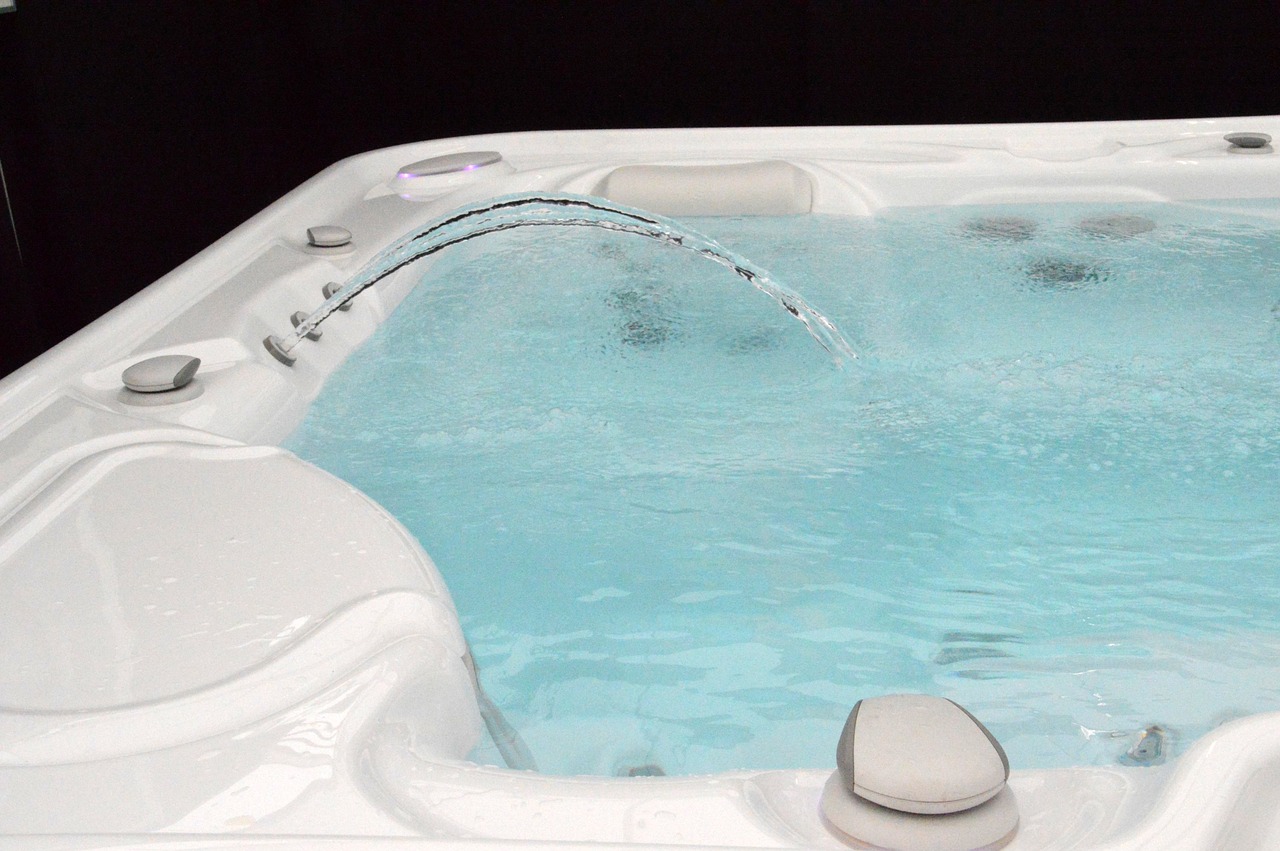
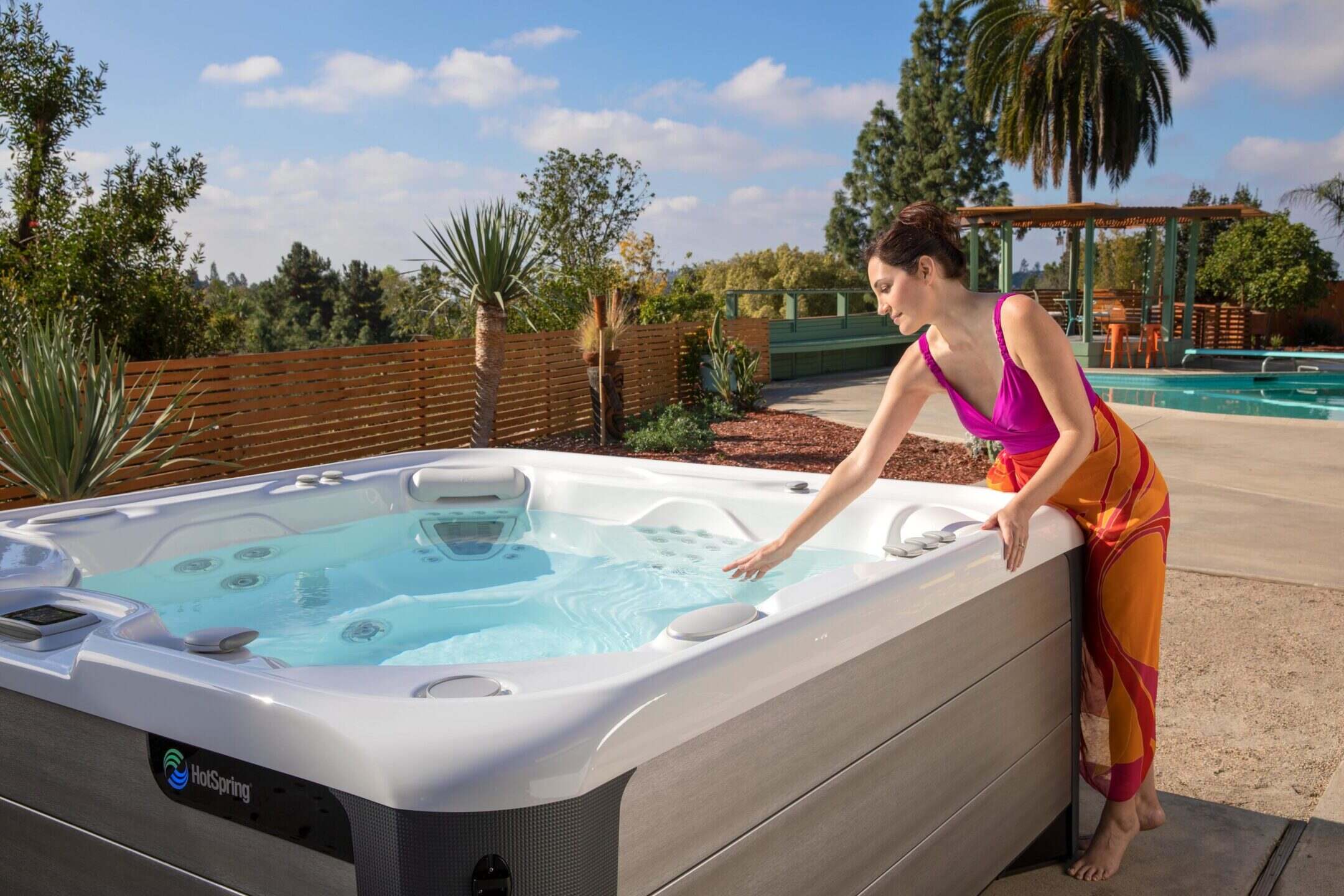
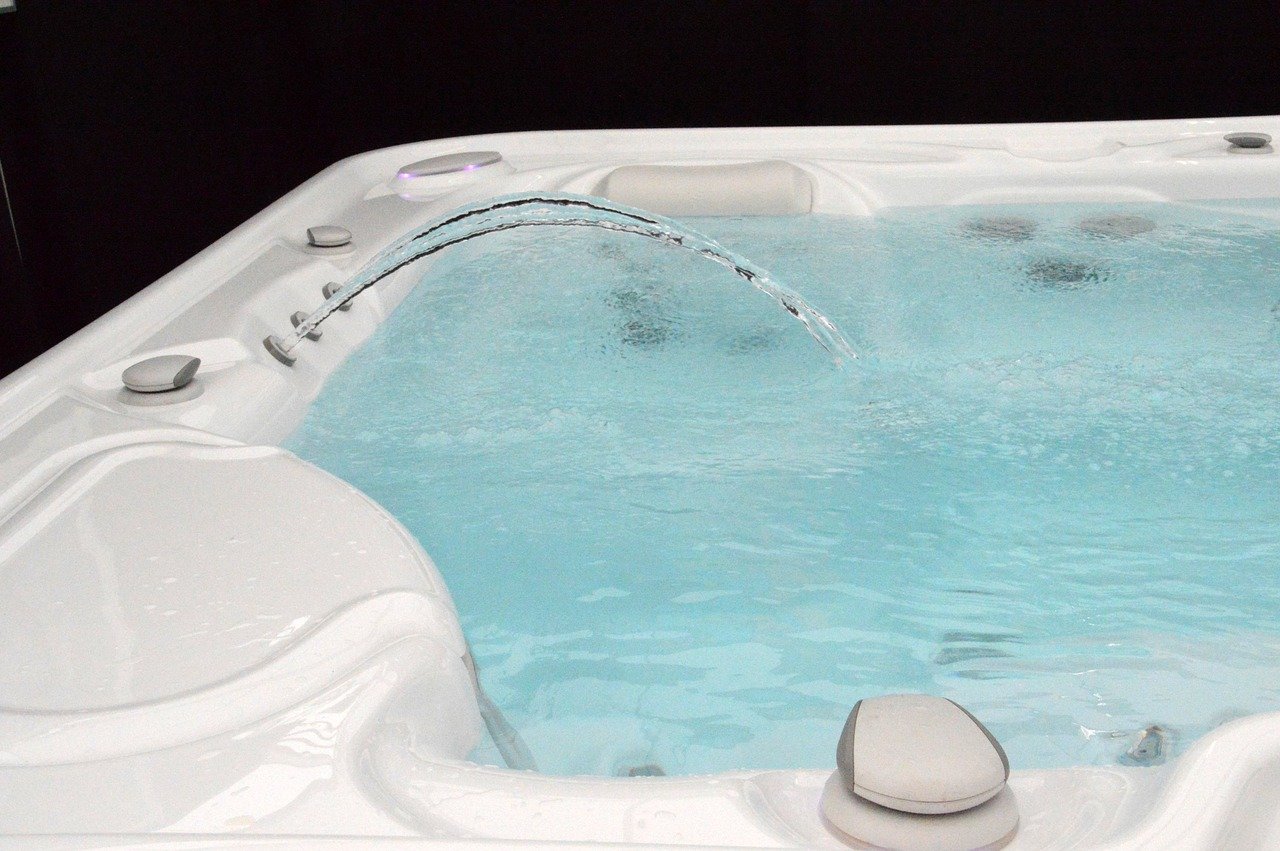
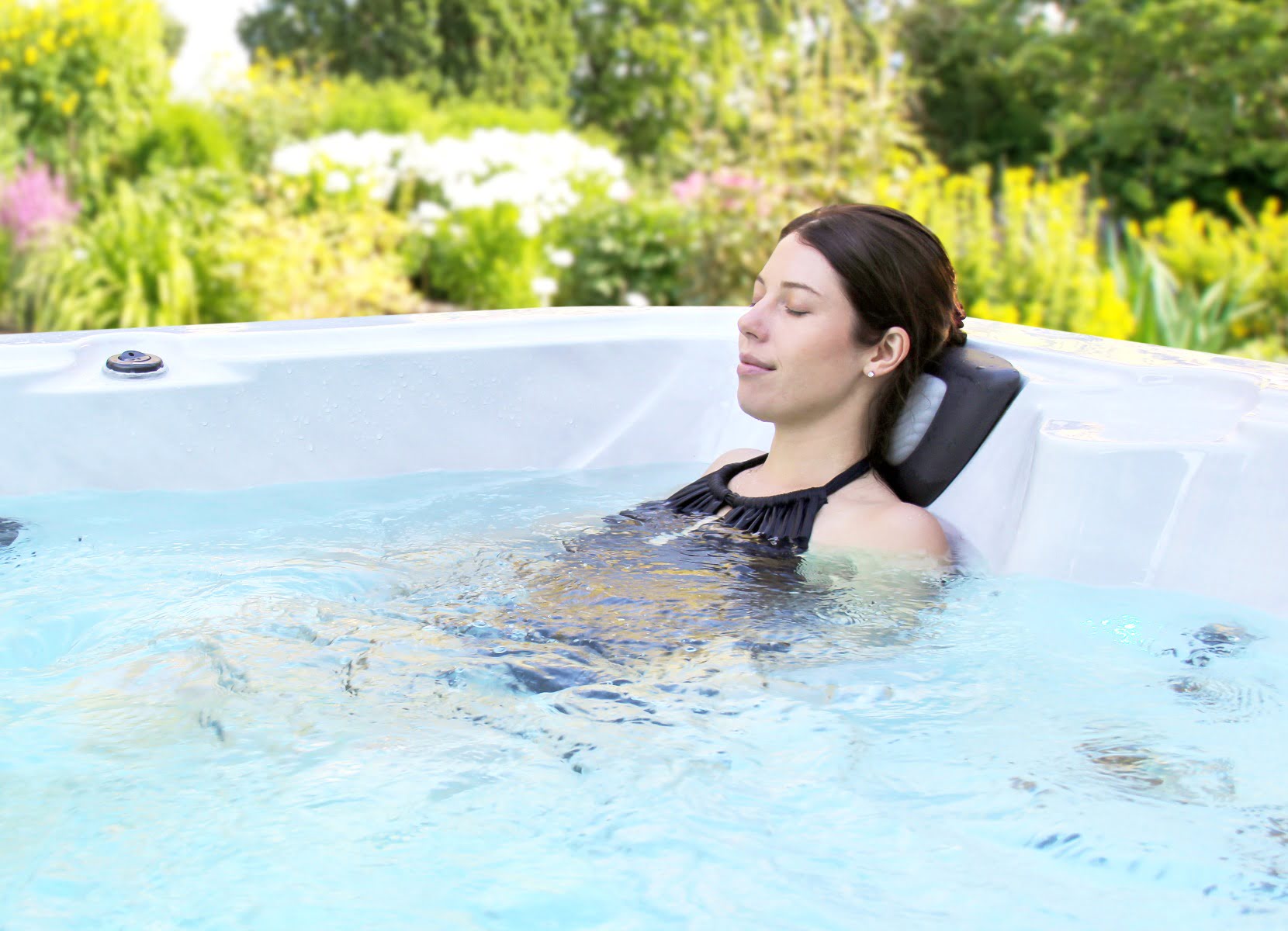
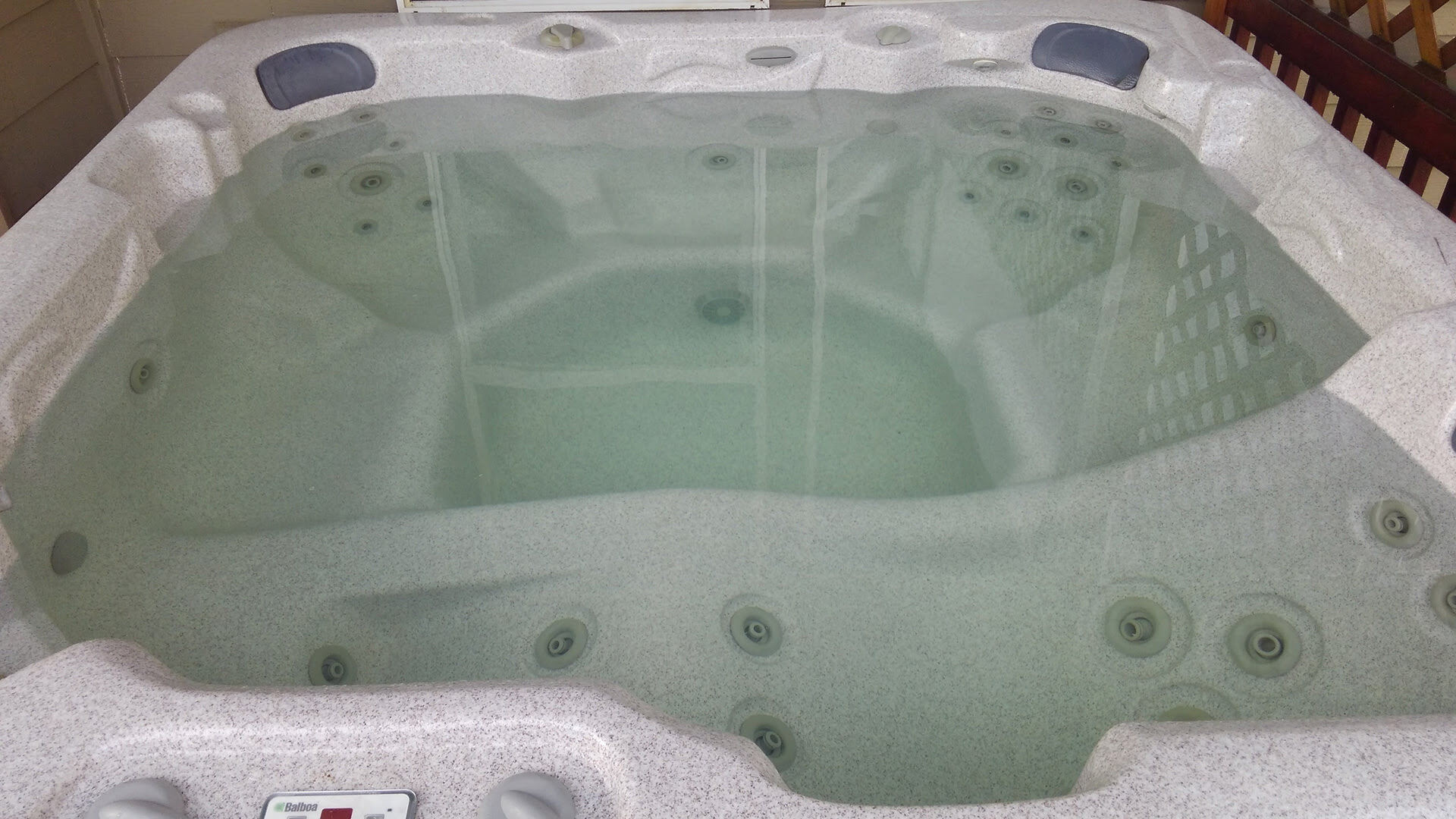
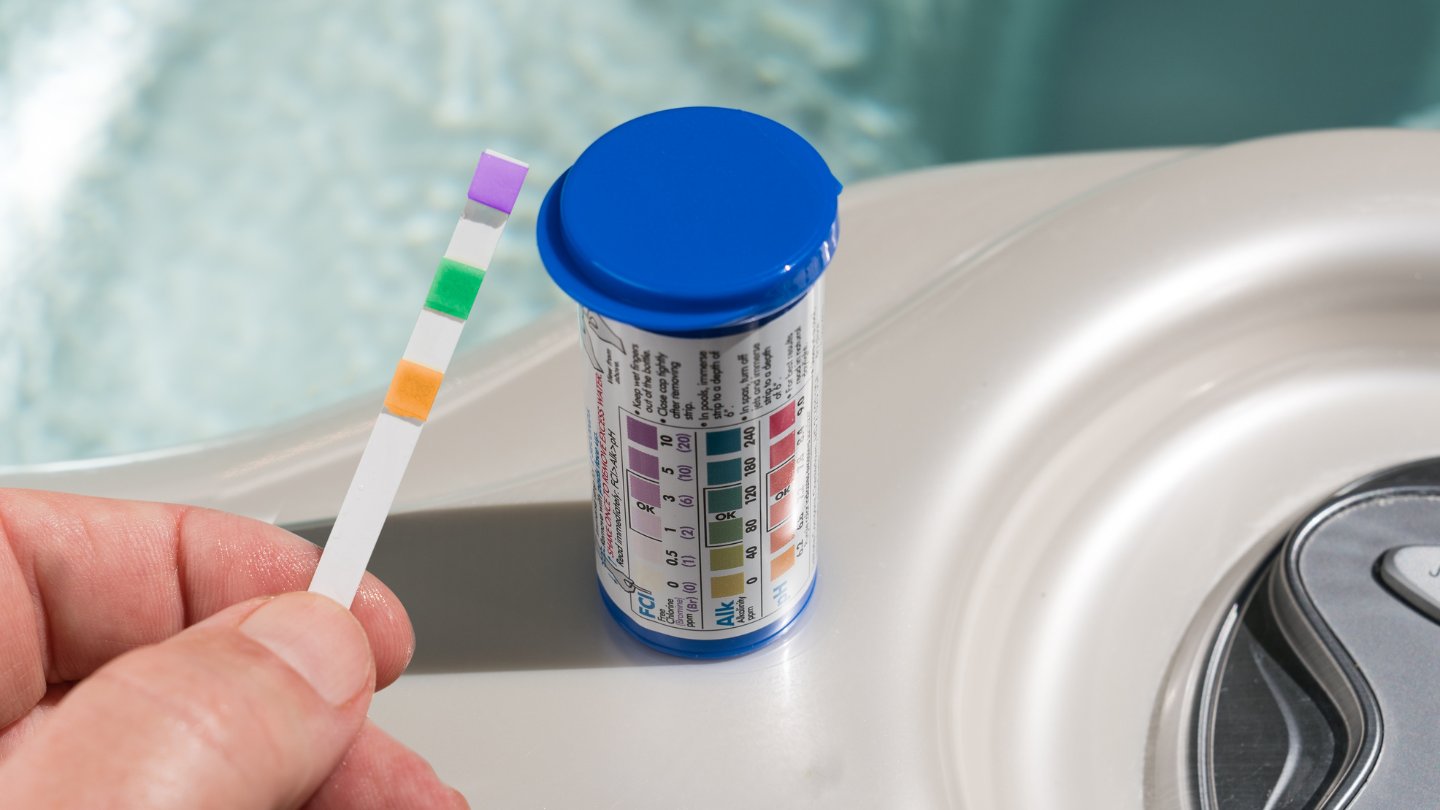
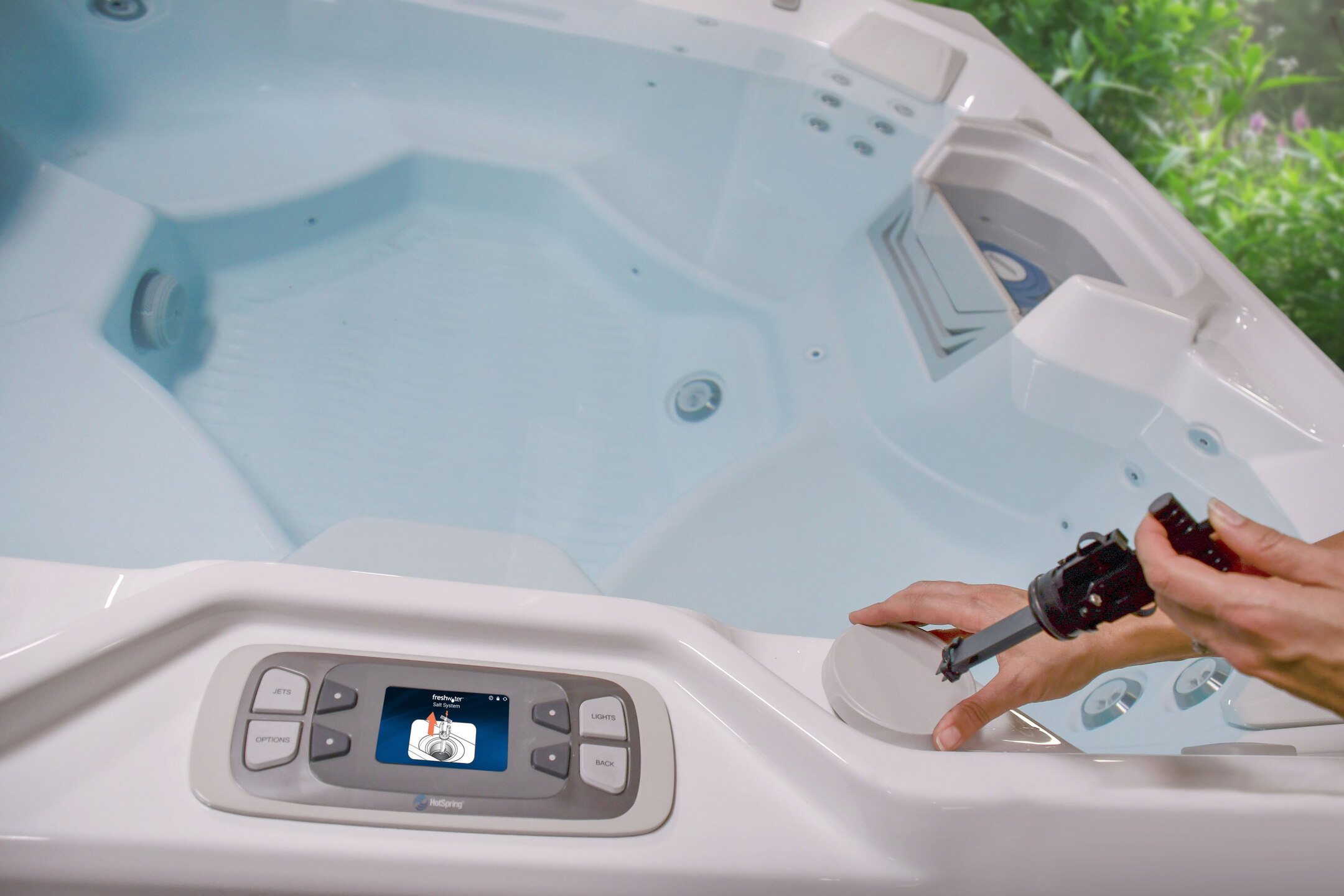
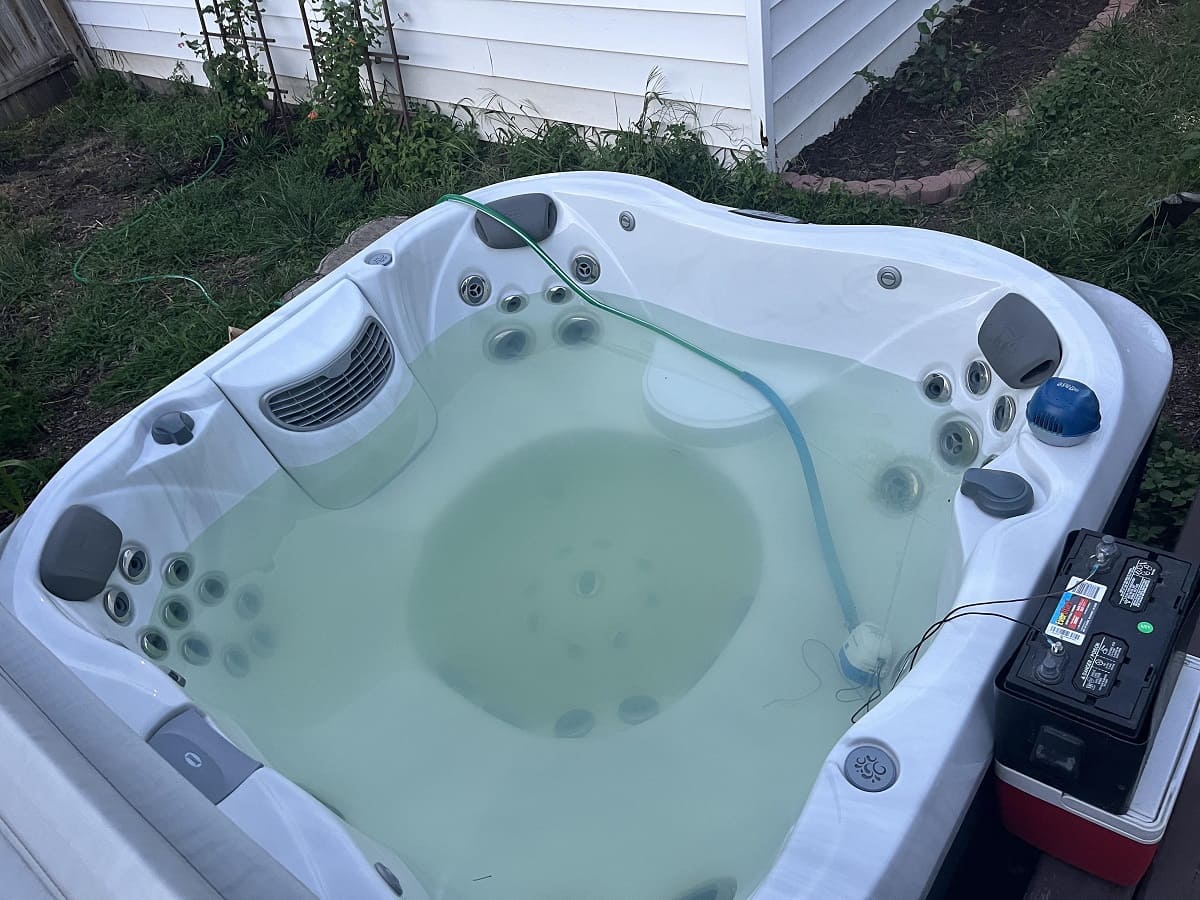
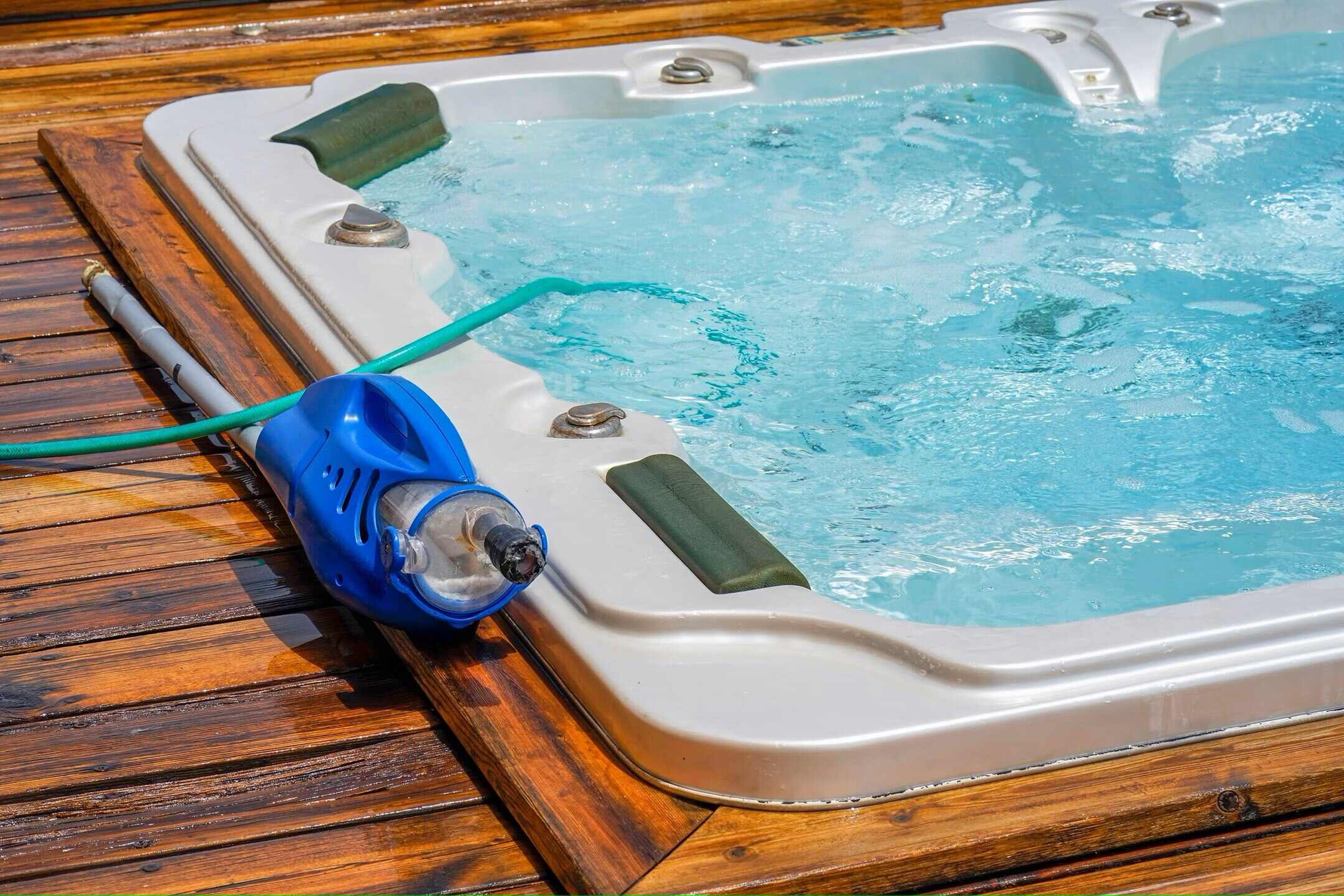
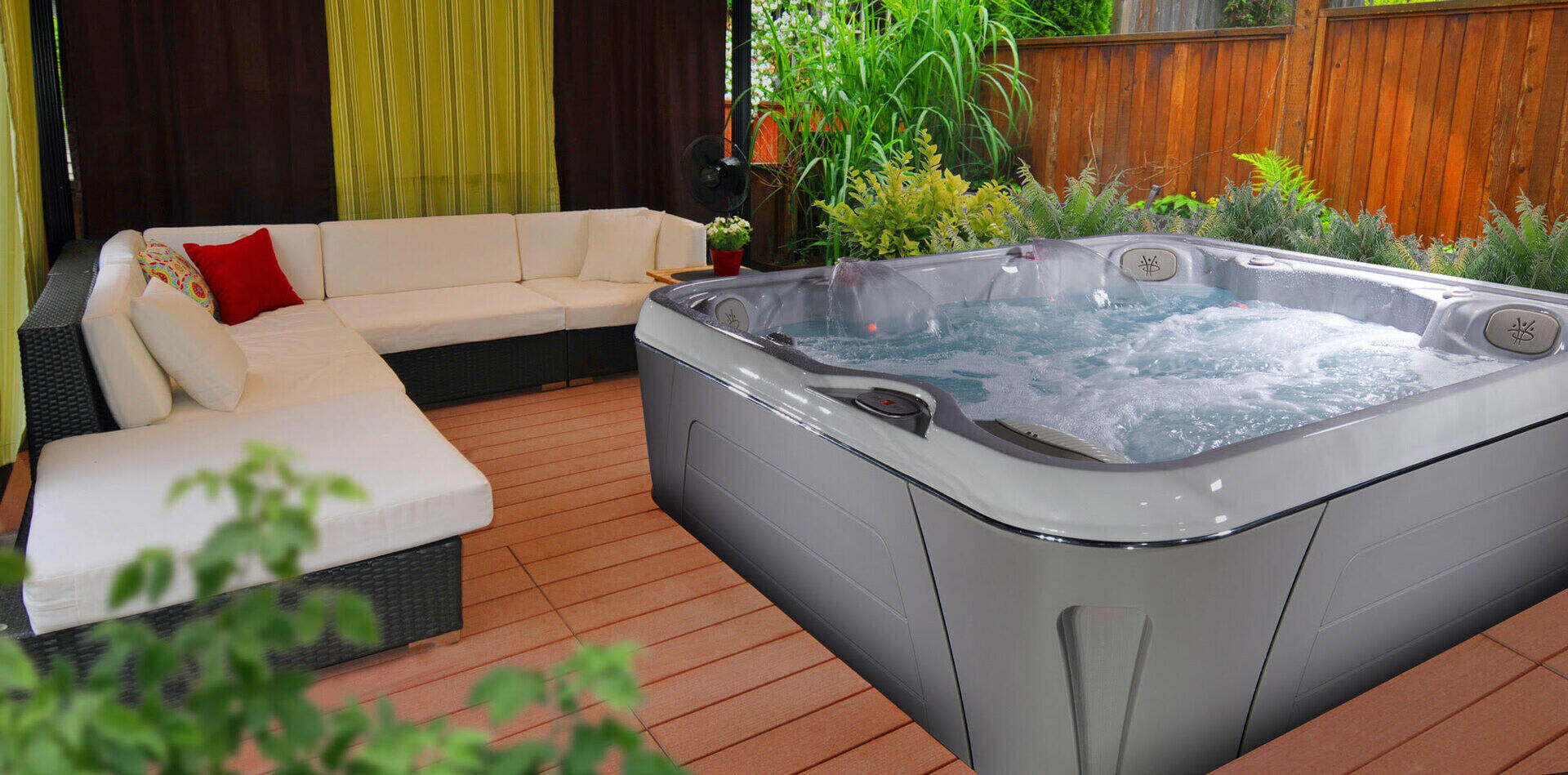

0 thoughts on “How To Get Hot Tub Water Clear”